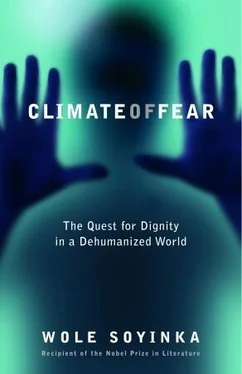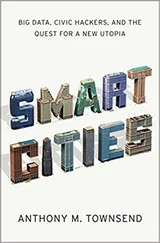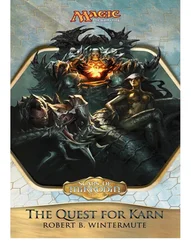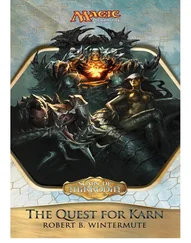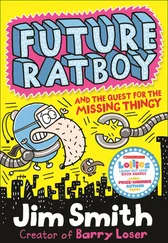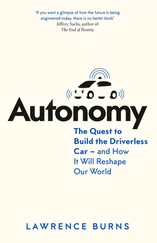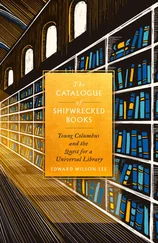The author was one of our contacts during the trip of a group of writers to the Middle East, referred to in the fourth lecture, “The Quest for Dignity.” She wrote to inform me of the remarkable impact of the visit of the Jewish musician Daniel Barenboim to Ramallah, where he and a newly trained orchestra of Palestinian youths performed in concert. The resultant fervor of human belonging described in the coverage of Barenboim’s presence and activities among the Palestinians evoked, for me, memories of our own visit two years earlier, one that culminated in a magical night of poetry and music that welled into the euphoria of sheer human solidarity in the ancient theater of Ramallah.
The letter was not, however, all about that conjured space of the transcendental, when all things seem possible because of a collective immersion in an artistic experience, leading to a rare glimpse of the oneness of our universe—“Everything is linked,” said an enraptured Barenboim onstage; “everyone is linked, all our actions have ramifications, and music is a teacher of this interconnected reality.” There was, however, in the letter a mundane, prosaic footnote that nibbled at the very edges of possible understanding, since understanding must always be preceded by human curiosity. Perhaps it will vanish in the charged space between one suicide bomber and the next military bulldozer that buries human beings alive within the imagined security of their own homes; perhaps it will join other shards of recollected moments of curiosity and discovery, to weld into a vessel of receptivity and response. No matter, here it is, and most especially for the edification of that recalcitrant lobby, frozen in time, locked in negative memory, whose responses to this series sadly indicate that they cannot yet commence the journey of curiosity across a dividing wall. She writes:
I am glad that for once I can send good news from Palestine. The enclosed articles bear witness to something beautiful, hopeful and creative that happened in Palestine last week. Reading your Reith Lecture “The quest for dignity,” I thought you would like to know about this experience. It was certainly an uplifting event and certainly an evening where the dignity and nobility of man reigned supreme. Is there a better venue than the arts to restore and inspire hope in the midst of darkness and despair?
…You might be interested to know that a relative of ours (who originally sent me your article) has sent your article to the commander in chief of the Occupation Israeli forces in our area. He had had a meeting with him yesterday and he mentioned your article and the issue of humiliation as a core factor for all that is happening etc. At the end of the meeting the general asked to see your article. So our friend sent it to him. I hope it will inspire some sense…
To which one can only say a fervent A-men!
Wole Soyinka May 2004
One
A Changing Mask of Fear
I have taken myself back to the late seventies when, at the London Institute of Contemporary Arts, I delivered a lecture under the title “Climates of Art.” Introducing that lecture, I made the following admission:
The title is, of course, deliberate. It is meant to trigger off those associative devices… so that “climate of fear,” “climate of terror,” and so on, will surface in the mind without much conscious effort.
In the course of the lecture, variations of the title of this present series cropped up at least half a dozen times. My departure point, my main area of concern at the time, was the fate of the arts — and artists — under the burgeoning trade of dictatorship and governance through a forced diet of fear, most especially on the African continent — in common parlance, the fear of “the midnight knock.” Arbitrary detentions. Disappearances. Torture as the rule rather than the exception. Even cynical manipulations of the judicial process, whereby a political dissident found himself in what could be described as a revolving dock without an exit, a Kafkaesque nightmare that had no end except perhaps at the end of a rope, for a crime of which the accused might even be completely unaware. Decades after that lecture, the world took bitter note of the hanging of the Nigerian activist Ken Saro-Wiwa and eight of his companions after a kangaroo trial — mostly because he was a writer, but also because his cause, that of ecological preservation, had become a global agenda.
At the time of that lecture, Nigeria, my immediate political constituency, was reeling under the execution, by firing squad, of three young men under a retroactive decree — in other words, the crime of which they were convicted, drug trafficking, did not carry a capital forfeit at the time of commission.That defiant act of murder had a purpose — to instill fear into the populace by deliberately flouting the most elementary principles of justice. And so on and on it went.The Nigerian event wrung two plays out of me— A Scourge of Hyacinths for radio, and From Zia with Love, its stage version — so persistently did that episode insist on lacerating my re-creative temper. I was not alone.The entire nation was deeply traumatized. Even the normally carnivalesque atmosphere that marked the main arena of public executions of armed robbers, dubbed the Bar Beach Show, was reported unusually subdued. So improbable was the outcome that the crowd had persuaded itself to believe a rumor that the military dictatorship intended only to mount a charade, instill some salutary fear into traffickers, and would reprieve the young men at the last moment. Instead of giving voice to the usual chorus of derision at the exit of hated felons, the crowd had come prepared to cheer the moment of reprieve. When the ritual of final priestly ministrations, blindfolding, and other motions made it quite clear that the sentence was moving remorselessly toward its decreed end, a shout of “No, no, no” went up from the crowd. After the deed was done, there followed moments of absolute silence, of utter disbelief; then the crowd more or less slunk away, downcast and shocked. The dictators had not expected such a reaction. Not long after, public executions were banned and, following the overthrow of that dictatorship by another, the edict was repealed.
While that regime lasted, however, there was no question about it: for the first time in the brief history of her independence, the Nigerian nation, near uniformly, was inducted into a palpable intimacy with fear. The question on every mind was simply this: what else were they capable of, those who could carry out an act that revolted even the most elastic sectors of the public conscience? It is a question to bear in mind in our attempts to understand what distinguishes from the past the new fabric of fear that we all seem to wear at this moment. As each assault on our localized or global sense of security is mounted or uncovered in the nick of time, the residual question is surely: What next? Where? How? Are limits or restraints any longer recognized?
What was happening on the African continent in those violent seventies and eighties was echoed, perhaps with even greater ferocity, in the Americas, where those danger words desaparecidos, right-wing murder squads, government-sponsored vigilantes, etc. gained international notoriety. Nicaragua, Chile, Argentina, Panama. Iran under the SAVAK. Apartheid South Africa under BOSS. Fear was almost uniformly a state-run production line, except of course where right-wing volunteer agents of repression lent a hand, as in Latin America. Between right-wing governments and the efficient state-run communist machinery there was, however, hardly any difference. Hungary, Albania, East Germany, Bulgaria, and so on. Émigrés from these would-be utopias, no different from survivors of apartheid South Africa — both the defeated and the yet combative and conspiratorial — crisscrossed the world seeking help and solidarity. Again and again, our paths — those of creative people — would meet, leading to that immediate question: How did creativity survive under such arbitrary exercise of power? How did Art survive in a climate of fear? Today, the constituency of fear has become much broader, far less selective.
Читать дальше
